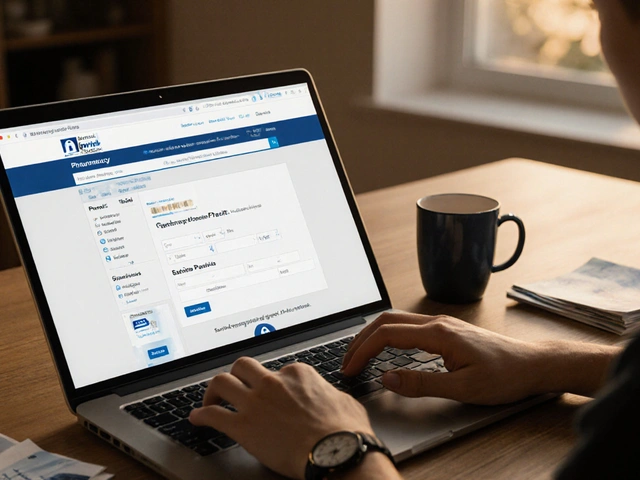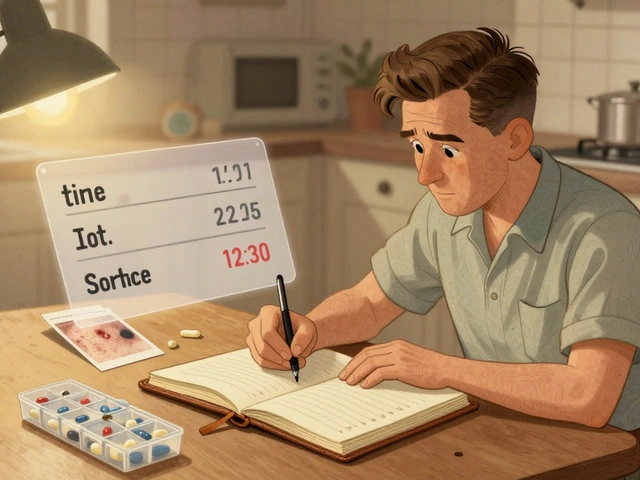Water pill (diuretics): what they do and how to use them safely
Water pills — also called diuretics — help your body get rid of extra salt and water. Doctors prescribe them for high blood pressure, swelling from heart or kidney problems, and some liver conditions. They’re very common, but they aren’t one-size-fits-all. A few quick facts up front: they affect electrolytes, they change how often you pee, and they need occasional blood tests.
Common types of water pills
Thiazide diuretics (like hydrochlorothiazide) are often the first choice for high blood pressure. They’re gentle and work well long term.
Loop diuretics (like furosemide, aka Lasix) are stronger and used when you need to remove a lot of fluid fast — for example, with heart failure and major swelling.
Potassium-sparing diuretics (like spironolactone) help prevent low potassium. Doctors sometimes combine them with thiazides or loops to balance electrolytes.
Each type works in a different part of the kidney. That’s why your doctor picks one based on how much fluid needs removing and your other health issues.
How they’re used and what to watch for
Uses are clear: lower blood pressure, reduce swelling, and ease fluid buildup in heart, liver, or kidneys. But the trade-offs matter. Common side effects include increased urination, lightheadedness, dehydration, and changes in potassium or sodium. Some diuretics raise blood sugar or uric acid — so people with diabetes or gout need closer checks.
Your doctor will usually order blood tests after starting a diuretic and then periodically. Tests check kidney function and electrolytes (especially potassium). If you feel dizzy, very weak, have muscle cramps, or have a fast heartbeat, call your provider — those can be signs of troubling electrolyte shifts.
Diuretics can interact with other meds. NSAIDs (ibuprofen, naproxen) can blunt their effect. Combining certain diuretics with ACE inhibitors, ARBs, or potassium supplements can raise potassium too high. Lithium levels can rise if your fluid balance changes. Always tell your doctor about every medicine and supplement you take.
Practical tips: take most diuretics in the morning to avoid nighttime bathroom trips. If your doctor warns about low potassium, eat potassium-rich foods like bananas and spinach unless told otherwise. Don’t stop a diuretic suddenly — blood pressure or fluid can rebound. If you travel or get sick with vomiting/diarrhea, check in with your provider about adjusting doses.
Buying and prescriptions: most water pills require a prescription. Avoid buying from unknown online sellers. If you use an online pharmacy, make sure it’s licensed and asks for a prescription. Your safety depends on the right drug, dose, and monitoring plan.
Quick checklist: know your diuretic type, when to take it, what symptoms need urgent attention, and when your next blood test is. That keeps treatment effective and safe without surprises.

Lasix Uses, Benefits, and Safety: What You Need to Know
Lasix, also known as furosemide, is one of the most prescribed water pills used to treat fluid retention and high blood pressure. This deep-dive explores how Lasix works, who benefits most from it, tips for safe use, and side effects to watch out for. The article also shares expert advice and practical strategies for anyone considering or taking this medication. Packed with useful facts and real-life information, it's a must-read for anyone curious about Lasix or interested in managing health with diuretics.
Read More




